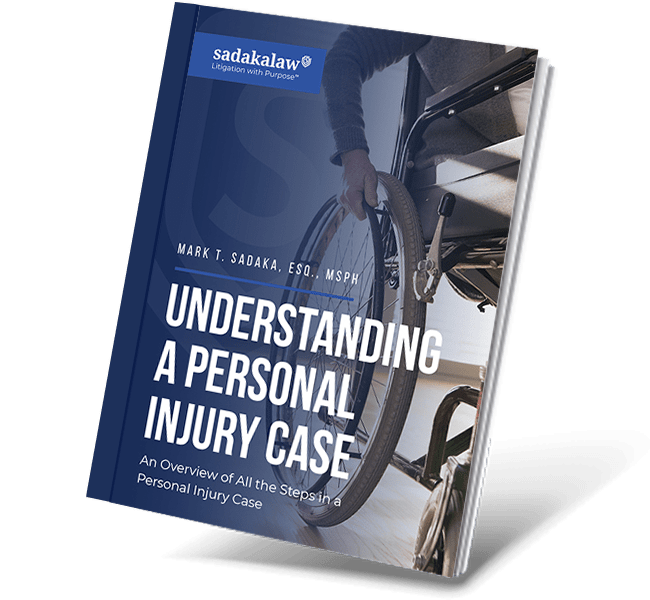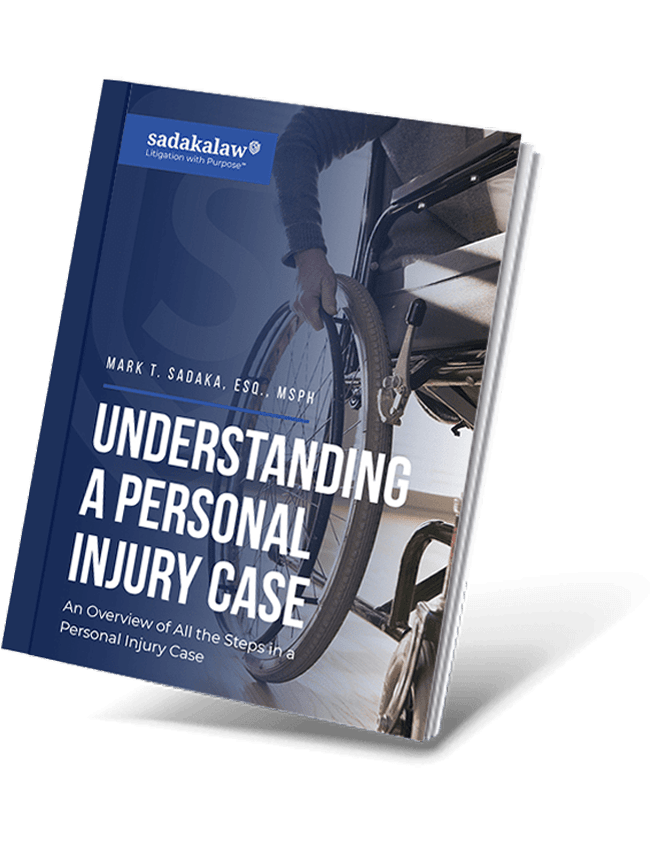 Are contamination and pollution just simply something we have to put up with? Some believe this is the case, whereas others are researching and investigating pollution in order to educate and inform consumers of the dangers and need to do something about the dangers before it is too late, at least for some animals.
Are contamination and pollution just simply something we have to put up with? Some believe this is the case, whereas others are researching and investigating pollution in order to educate and inform consumers of the dangers and need to do something about the dangers before it is too late, at least for some animals.
A new report prepared for the New York State Energy Research and Development Authority explores how the health of Adirondack loons, and the ecosystem in which they live, is being affected by mercury. The report summarizes almost 10 years of field research conducted in the park by a cooperative of scientists and conservationists who wanted to gather baseline data for monitoring the pollutant and supporting environmental regulation.
The researchers spent each summer from 1998 to 2007 studying loons at 44 Adirondack lakes, watching banded birds nest and sometimes netting loons to take samples of blood and feathers for mercury testing. They also tested lake sediment, water, plankton, crayfish and fish for a complete picture of the impact of mercury on the park environment.
“Seventy-five percent of the loons that we sampled were at either moderate or high risk from mercury in their blood,” said Zoe Smith, the director of the Wildlife Conservation Society’s Adirondack Program.
Loons with too much mercury in their blood begin to behave differently from healthy loons. They become tired and lack the energy to take proper care of their offspring. “They don’t sit on their eggs as much as they normally would,” said David Evers, chief scientist and executive director of the Biodiversity Research Institute, another project contributor. As a result, the eggs suffer from exposure and the chicks don’t hatch.
If a loon has high-risk levels of mercury in its system, it produces 40 percent fewer young, Dr. Evers said. But even if a mercury-laden loon hatches chicks successfully, the chicks, born already tainted with their parents’ mercury poisoning, are less likely to survive.
Over time, then would it not be safe to say that the loon population could forever be extinct?
Dr. Evers has been testing loons for mercury poisoning for two decades. He estimates that he has sampled over 4,000 loons across North America over the years. Loons are especially good indicators of mercury pollution in an ecosystem because they are long-lived – up to 30 years – and territorial, he said.
Ms. Smith at the Wildlife Conservation Society said he hoped the report on loon contamination would convince people to take better care of the environment. “I think people should be way more scared than they are about all of this,” noting that many lakes have fishing restrictions because of mercury levels. She hopes the comprehensive study will add to other mercury research that is lending scientific support to national regulation of the pollutant. “But that’s really not enough because a lot of our mercury comes from overseas,” she said.
Mercury can be found naturally in ecosystems, but pollution causes there to be three to five times more than occurs naturally, and coal-fired power plants in China are exacerbating the problem, according to Dr. Evers. Just in the United States, “well over half of the mercury being emitted into the system is from coal,” he said.
The mercury that is poisoning loons in Adirondack State Park isn’t necessarily from the surrounding area. Some mercury compounds drifting up in smoke from coal-powered plants all over the world are swept up into global wind and weather patterns. The particles might fall even in the most remote pristine regions of Earth.
“Scientific-based studies can help inform public policy,” said Frank Murray, president and chief executive of the New York State Energy Research and Development Agency. That’s why his agency invested in the research.
“The loon is a symbol of the Adirondacks in so many different ways,” he said. He said he hoped the known risks to the beloved loons of Adirondack Park would lead to global regulations on releasing mercury into the environment.
For more information on Hazardous Chemicals and mercury exposure to toxins please visit www.sadakafirm.com.


